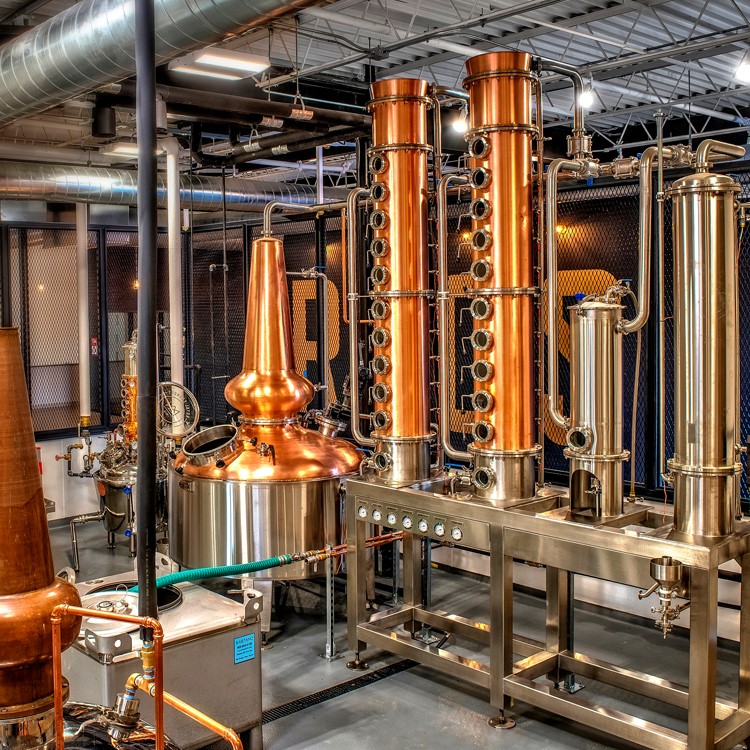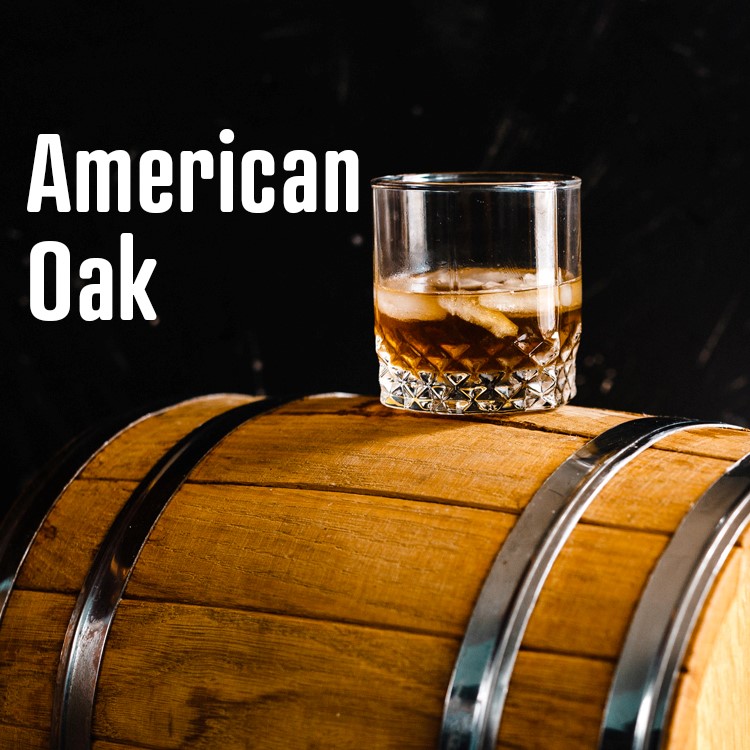Distillation can be performed either on or off the grain, depending on the type of spirit you are producing and the desired characteristics of the final product.
On the Grain (Pot Distillation): Distilling on the grain, also known as pot distillation, involves fermenting the raw materials (such as grains, fruits, or molasses) together and distilling the resulting mash. This method is commonly used for producing whiskey and some types of rum. The grains or other raw materials remain in the pot still during distillation, which can contribute to a fuller flavour and a more complex spirit with a broader range of congeners (flavor compounds). This method is typically used for spirits that benefit from a richer, more robust flavour profile.
Off the Grain (Column Distillation): Distilling off the grain, also known as column distillation or continuous distillation, involves separating the fermented liquid from the solids (grains, fruits, etc.) before distillation. The liquid (wort) is then distilled in a column still, which allows for precise control over the separation and concentration of various components in the spirit. This method is commonly used for producing vodka, gin, and lighter, more neutral spirits. It results in a purer, cleaner spirit with fewer congeners and a milder flavour profile.
The choice between distilling on or off the grain depends on the specific goals of the distiller and the type of spirit they want to produce. Some distilleries may use a combination of both methods, using pot stills for initial distillation (on the grain) to capture flavour and then using column stills (off the grain) for further refinement and purification. The choice of equipment and distillation method plays a crucial role in shaping the flavour and characteristics of the final product.






